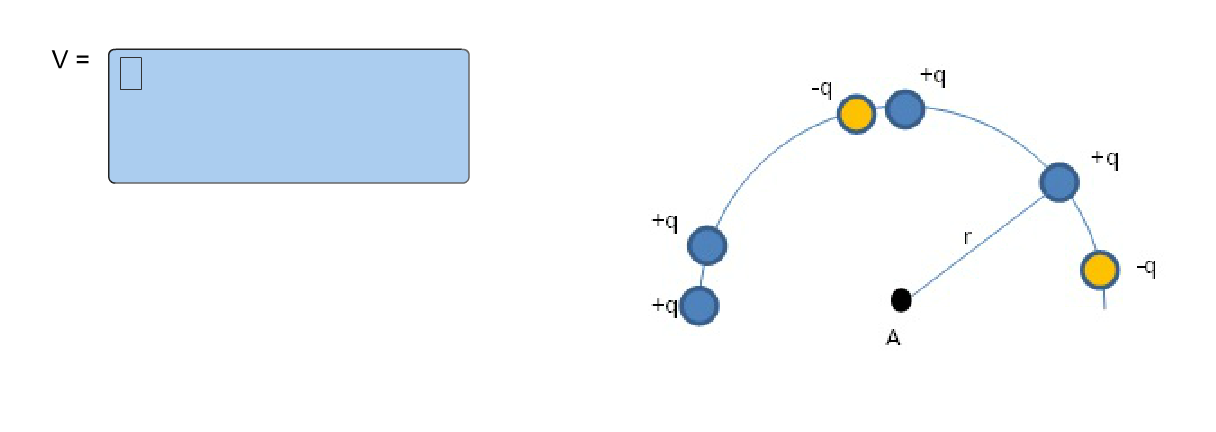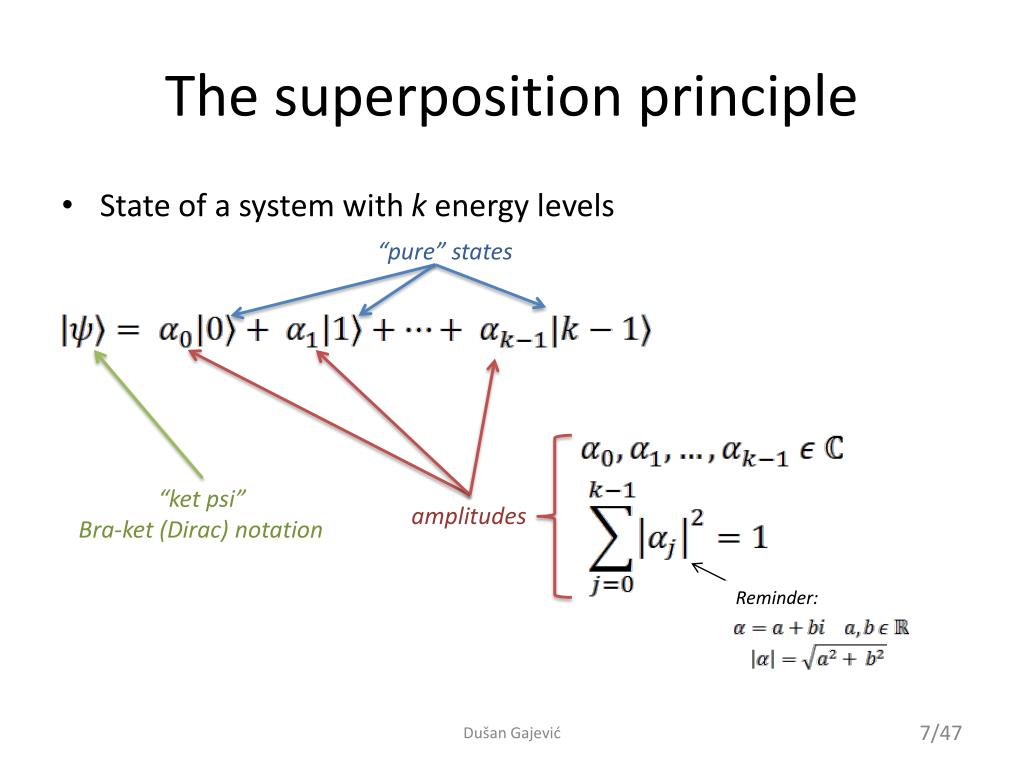

Positive charges, denoted as “+” or protons, have a charge of +1.

Positive and Negative Charges: An OverviewĮlectric charge is quantized, meaning it exists in discrete amounts. It is categorized into two types: positive and negative. Electric charge refers to the physical property of matter that causes it to experience electrical interactions. At the core of electricity lies the concept of electric charge. Electric Charge: The Building Block of ElectricityĮlectricity is a fundamental force in our lives, powering everything from our homes to our electronic devices. We will learn how the force depends on the charges and the distance between them. The order in which fossils associated with particular time periods appear and disappear in rock layers provides information about the ages of those strata.Various electric charges and field class 12 formulas will also be discussed. It also works the other way around: Fossils can be a key to determining the relative ages of sedimentary rocks. They dig through layers of sedimentary rocks to excavate fossils and are able to organize them chronologically by noting the strata in which they are found. Paleontologists also use Steno’s principle of superposition.

It is also important to know that sedimentary rock layers may also be out of sequence if the layers have been changed-folding, intrusions, and crosscutting are just some methods that can alter the layers of rock. That means all those metamorphic rock layers could have formed at the same time, so the top layer may not be younger than the bottom layer. However, if the layers of rock are, for example, metamorphic, then the relative age of the layers can be very different because those layers developed not from deposition, but from the application of pressure. If the layers of rock are the result of sedimentation then you can assume that the layers were deposited bottom to top.

It is, however, important to know that before applying the Law of Superposition, a geologist must determine how the layers formed. Using this principle, geologists were able to determine which rock layers were the oldest long before the technology existed to calculate the absolute ages of rocks. This now fundamental principle became known as the Law of Superposition, and it is considered a basic law of geology. That is when a Danish naturalist named Nichlaus Steno published his theory that older layers of sedimentary rocks are buried deeper in the planet than younger ones, which were laid down horizontally above the older strata. This seems like a simple and even obvious concept, but it was a new idea in 1669. Below are eleven others, in order, with the oldest issue-January-on the bottom and the youngest magazine-December-on top. Now when you look in the box, you will see only the December issue, which lies on top of the stack of magazines. This continues, month after month, until December. When you complete the February magazine you place it on top of the January issue. You read the January magazine and place it in a box when you are finished. Think about it like this: You have a magazine subscription and get one magazine in the mail every month. The oldest rock strata will be on the bottom and the youngest at the top. This principle states that layers of rock are superimposed, or laid down one on top of another. The law of superposition is one of the principles of geology scientists use to determine the relative ages of rock strata, or layers.


 0 kommentar(er)
0 kommentar(er)
